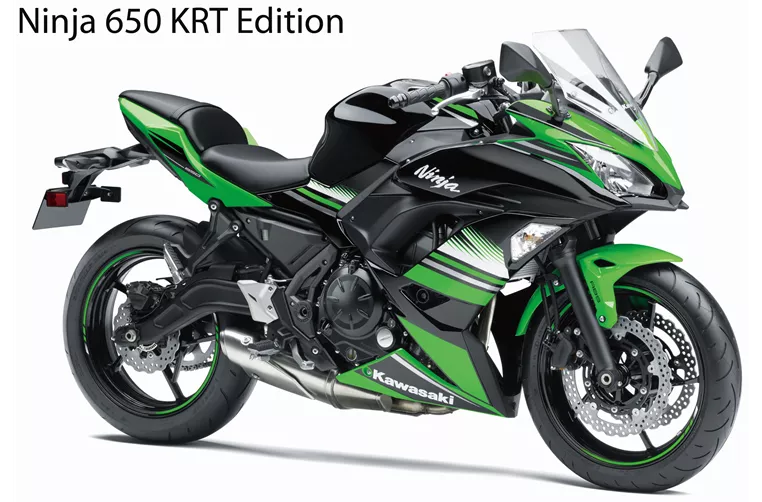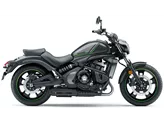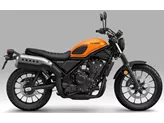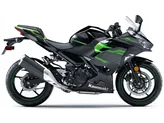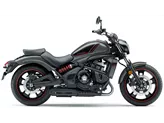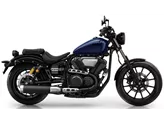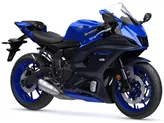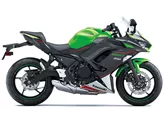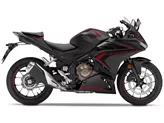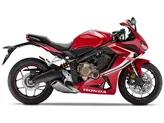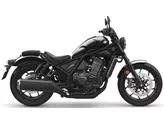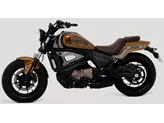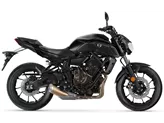Kawasaki Vulcan S 2020 vs. Kawasaki Ninja 650 2017
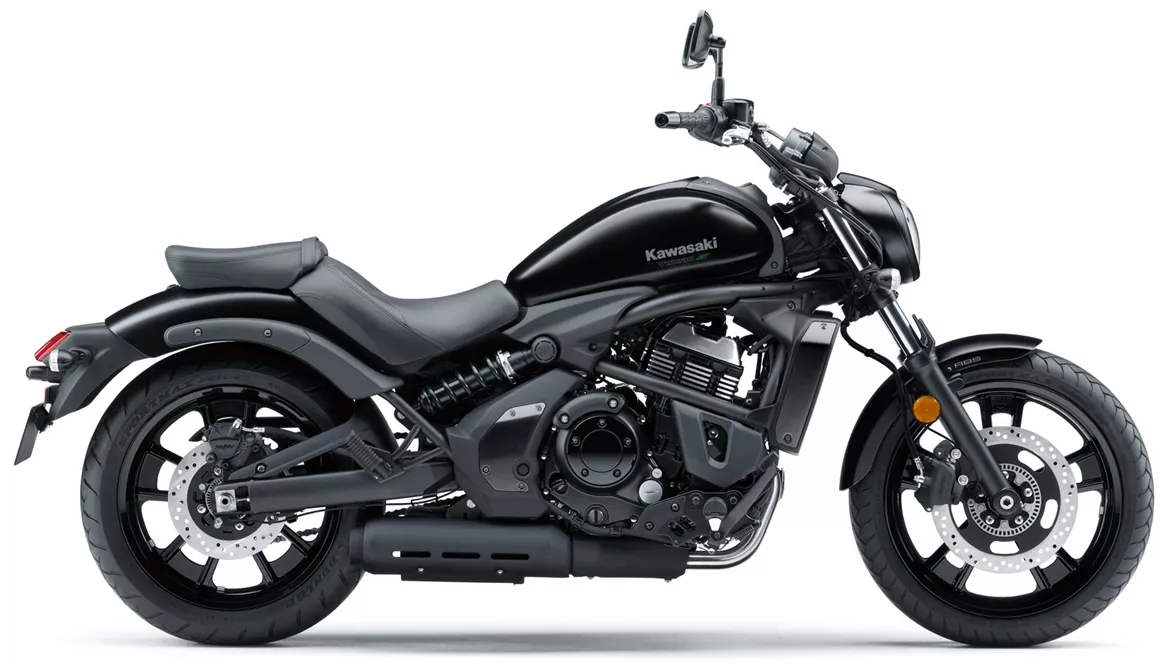
Kawasaki Vulcan S 2020
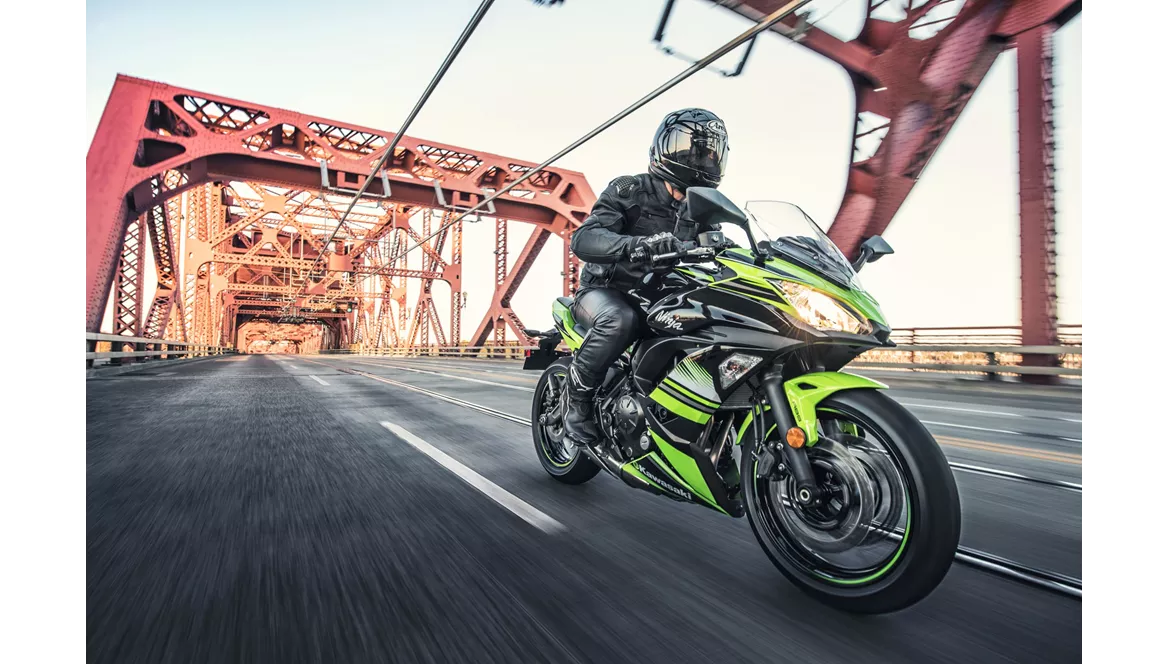
Kawasaki Ninja 650 2017
Overview - Kawasaki Vulcan S 2020 vs Kawasaki Ninja 650 2017
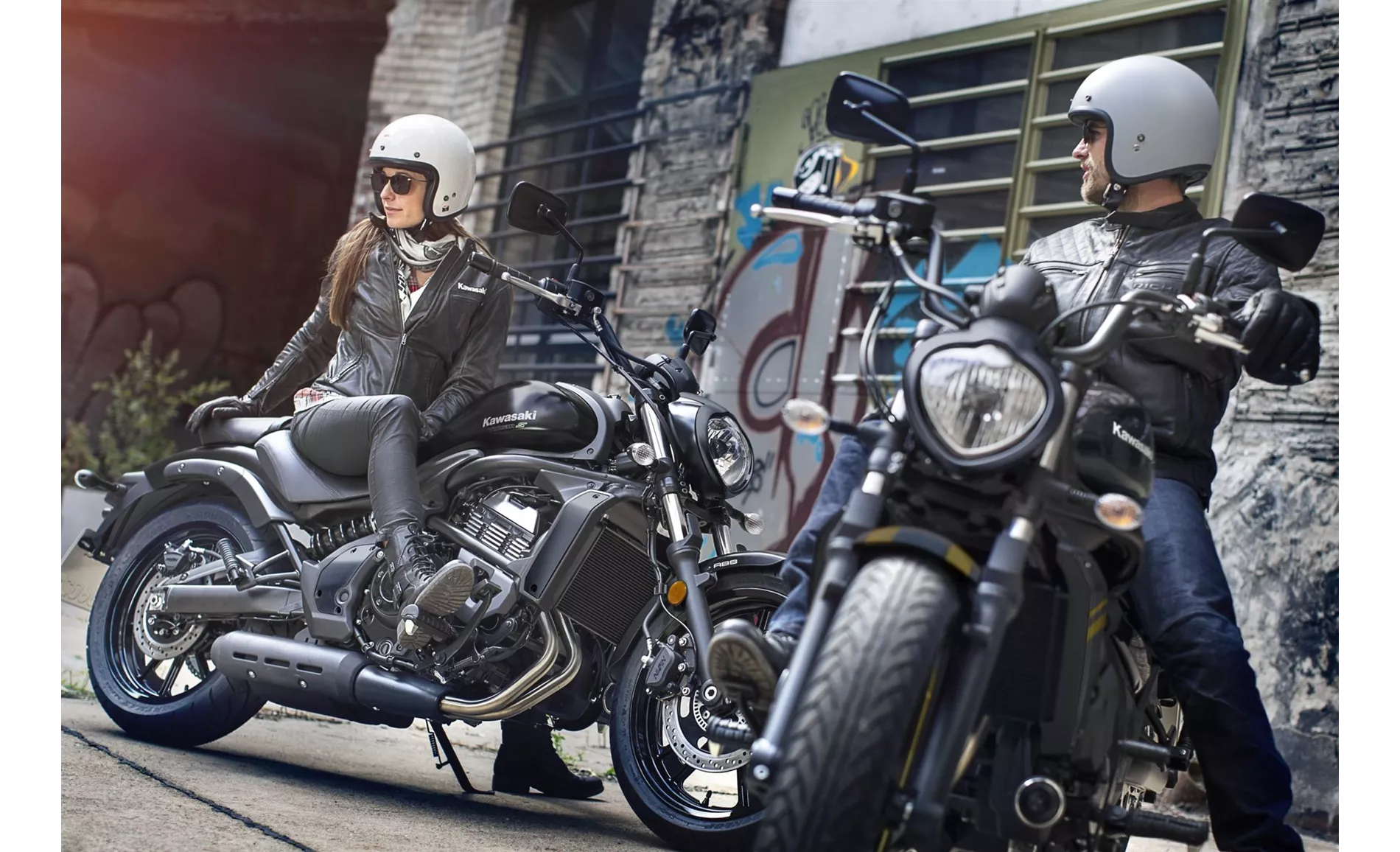
Kawasaki Vulcan S 2020
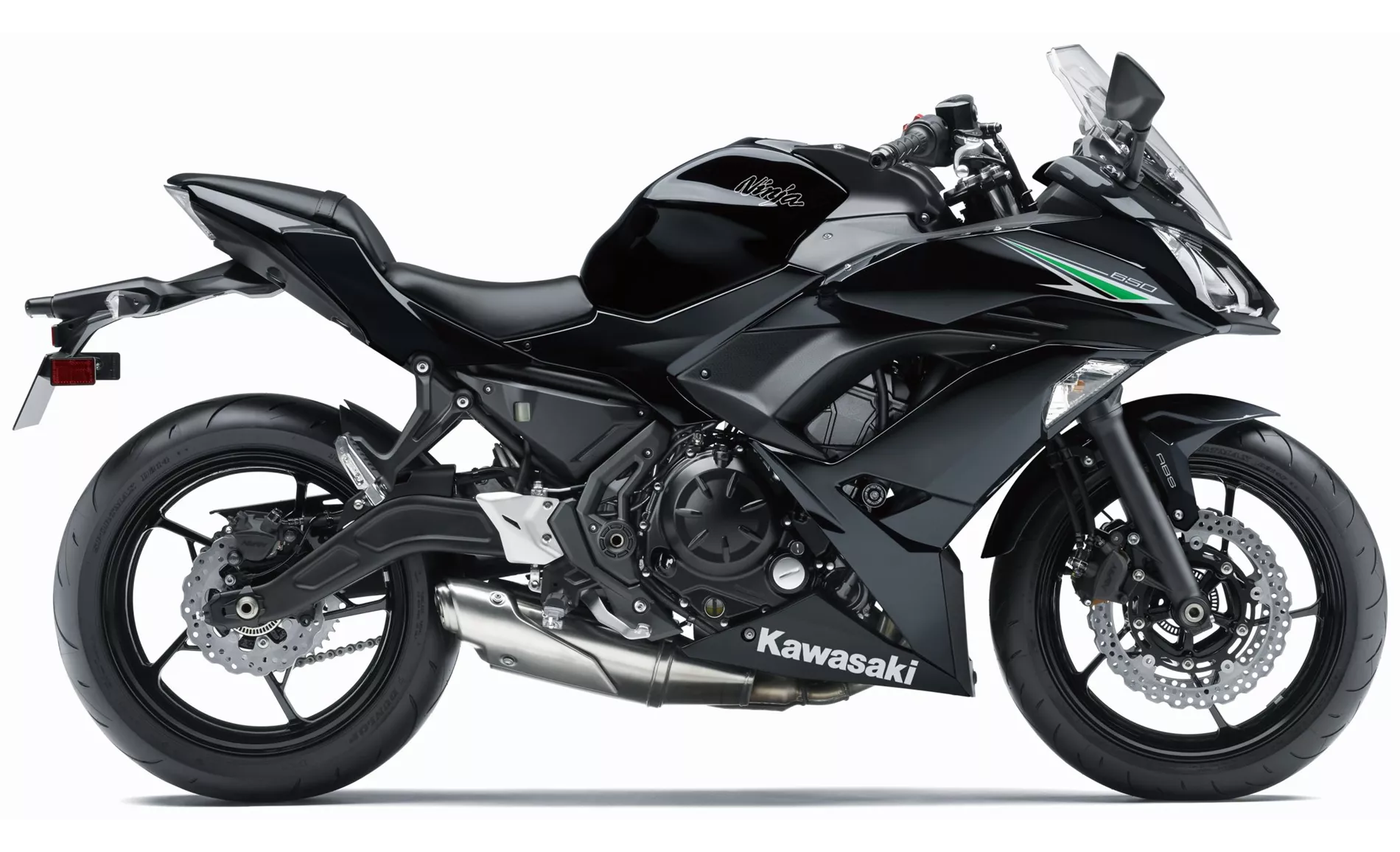
Kawasaki Ninja 650 2017
Technical Specifications Kawasaki Vulcan S 2020 compared to Kawasaki Ninja 650 2017
Pros and Cons in comparison
Pros and Cons in comparison
Kawasaki Vulcan S 2020
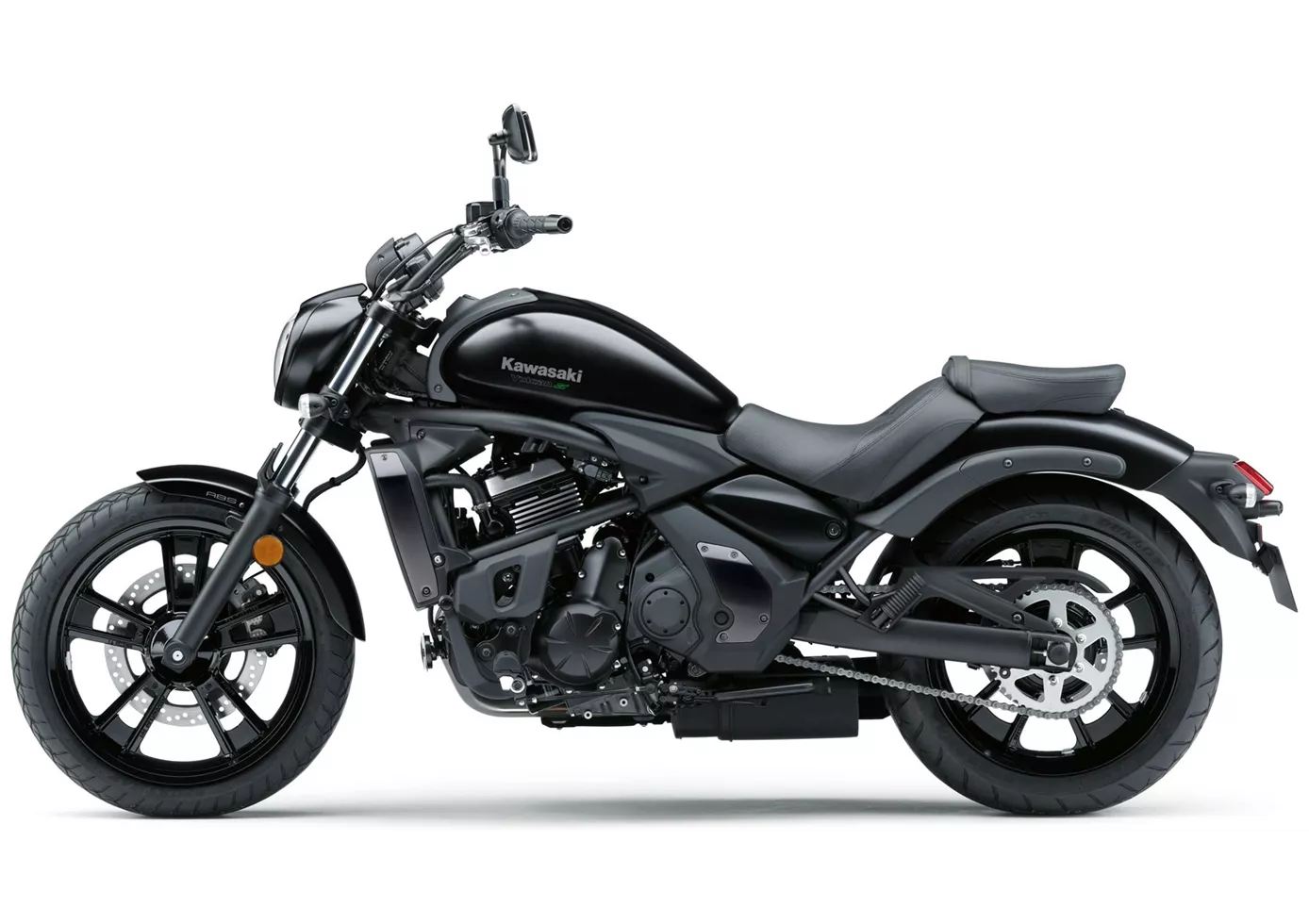
No matter which platform Kawasaki puts the 650 cubic two-cylinder in, the result is always a great motorbike! Even though the engine is unusually rev-happy for a cruiser, it results in a cruiser that actually qualifies as a sports cruiser when paired with the sporty chassis set-up. The only brake is the limited lean angle clearance, but this will not deter lovers of hearty footrest grinding. With such a good bike, we hope that Kawasaki will follow suit - after all, the Vulcan S has been with us almost unchanged since 2015.
Kawasaki Ninja 650 2017
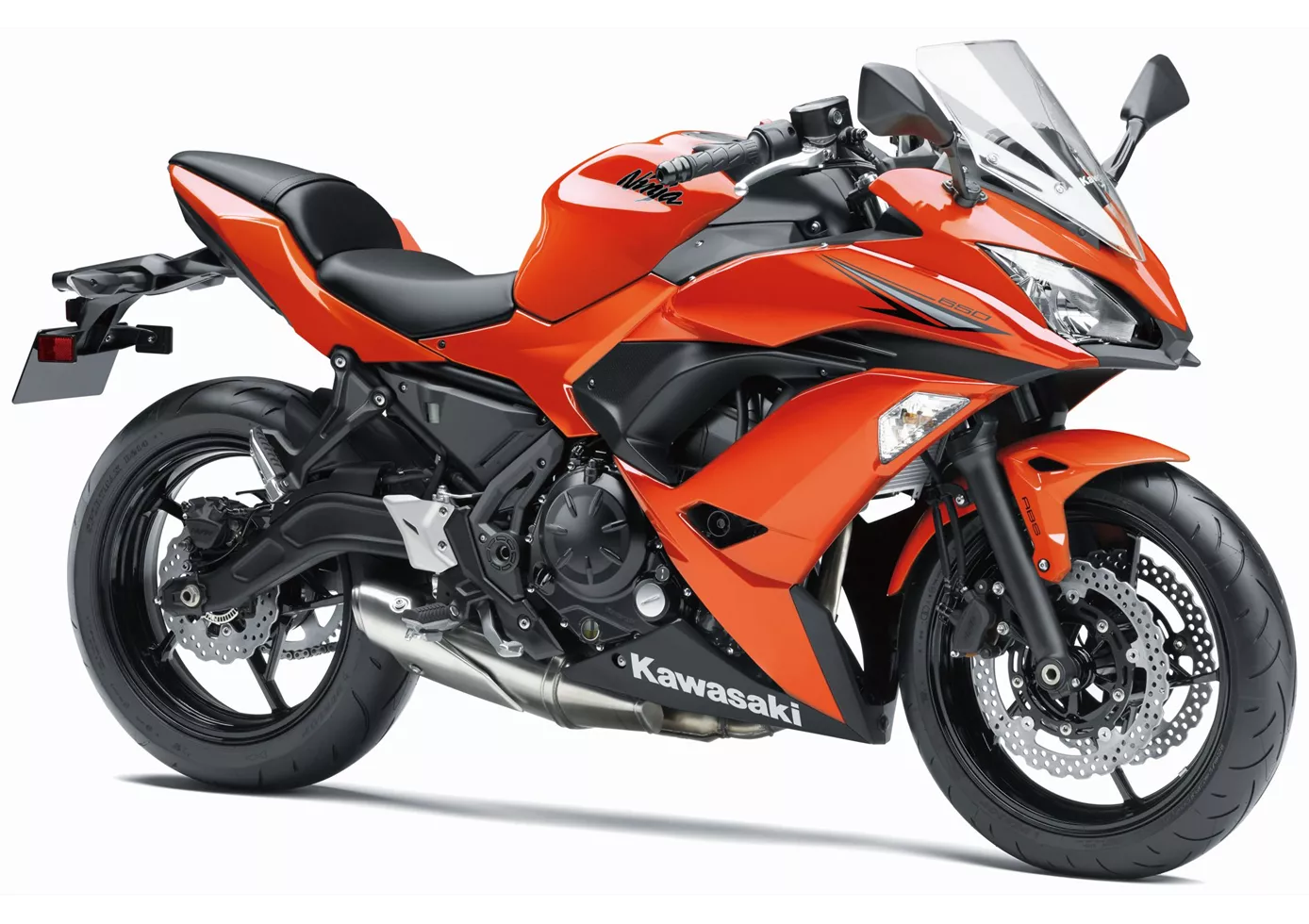
The Ninja 650 firmly stamps its predecessor (Er-6f). The engine has mastered the Euro 4 hurdle well and serves up a very usable 68 hp, the chassis is simply great for this class, and the weight reduction of 18(!) kilos compared to the ER-6f justifies reverent nods.

